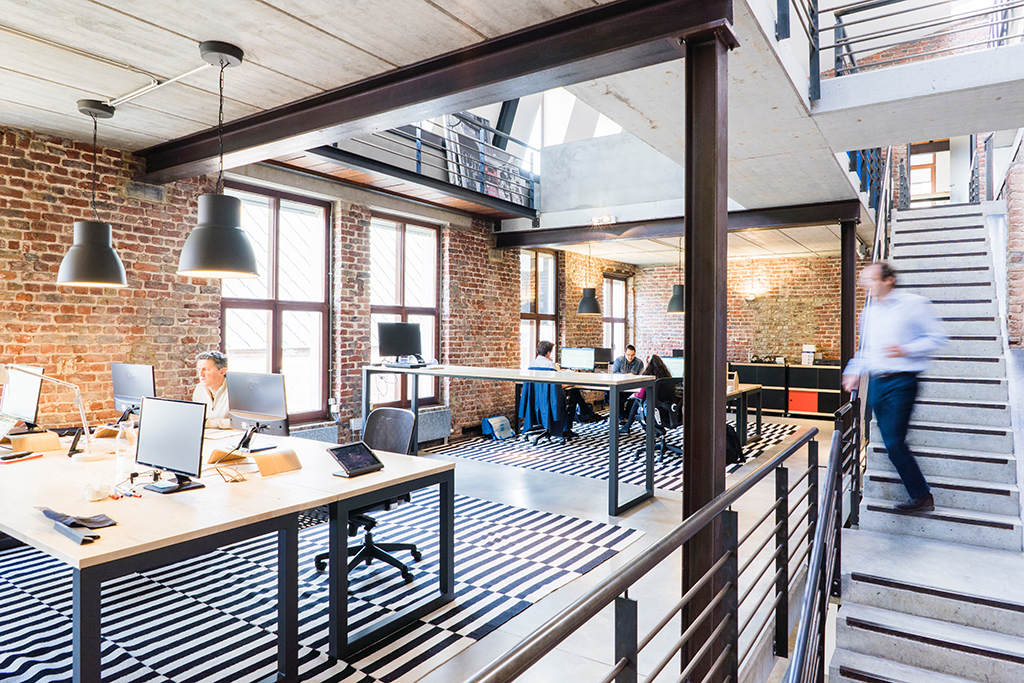Yardi Matrix Reports: 2010s Will Be a Tough Act to Follow

As the decade concludes, real estate practitioners can look back on one of commercial real estate’s best runs ever. Since the end of the Great Recession, slow, consistent growth has defined both the macro economy and the commercial real estate market. While property values and rents initially outpaced macroeconomic and wage growth, both have steadied to a comfortable 2 to 3 percent range over the past several years. Most metros have seen healthy growth at some point, led by coastal gateway markets, followed by some 25 emerging secondary markets that have enjoyed growth spurts of their own during the past five years.
Demographics is the main driver of the multifamily boom. Millions of Millennials have taken their first jobs since 2010, joining a workforce in which much of Baby Boom generation remains on the job. The tightest labor market in 50 years continues to drive demand for housing. That trend, coupled with undersupply, has powered a remarkable growth trajectory. While apartment development has returned to pre-crisis levels, single-family home development remains at roughly half the pace of the mid-2000s. Overall, supply has failed to keep up with demand. Prices of both rental and for-sale inventory have increased faster than wages, and that disconnect is pushing new calls for regulatory action. By late 2019, three states had implemented rent control, and others are considering it.
Commercial real estate has not enjoyed the same heady gains as multifamily, yet demand remains elevated in most major markets. Office assets have steadily increased in value as rents and occupancies improve. Office-using employment has outpaced overall job growth during this cycle, and as a result, office properties have thrived despite pressure exerted by the rise of coworking, smaller office footprints, demand for highly amenitized space, and telecommuting.
The industrial sector has been another darling, thanks largely toskyrocketing demand for e-commerce distribution and logistics facilities. Warehouses are being built on spec in multiple markets, and leasing continues to outpace development. With no signs of a slowdown in e-commerce sales, the industrial asset class is poised for a continued high growth.
To be sure, the economy is hardly trouble-free; issues such as a soft manufacturing sector, a yield curve inversion, and trade disputes bear close watching. Still, the employment market and consumer confidence continue to bolster an expansion that has now passed the 10-year mark. In the coming years, we expect commercial real estate to continue its slow but steady upward rise commercial real estate.
Wait! Don’t miss out on the latest insights
Sign up for Saschse Construction’s
e-newsletter below!
Featured Topics
CONSTRUCTION
INDUSTRIAL
INDUSTRY NEWS
Investment
Multifamily + Hospitality

